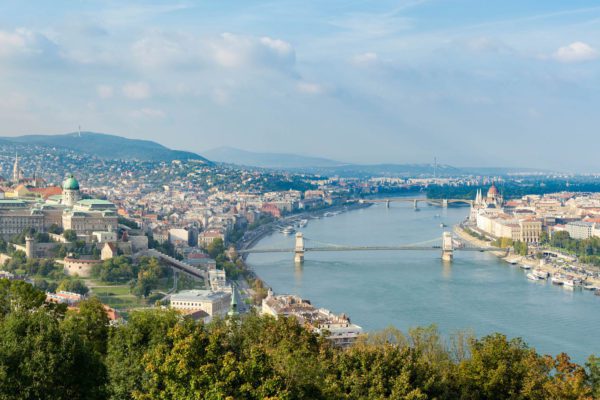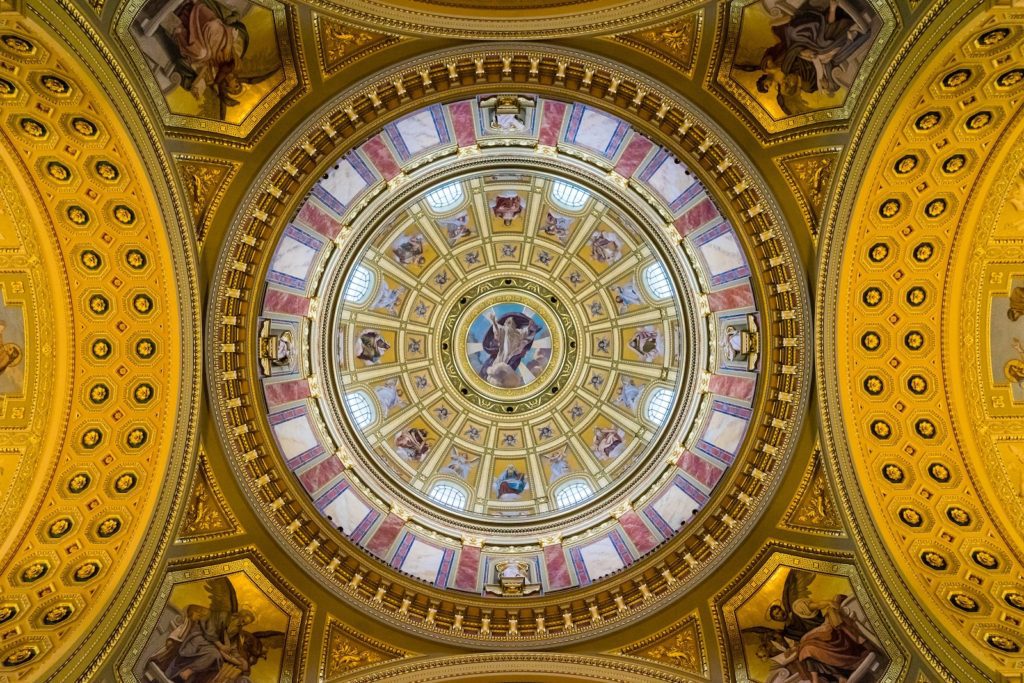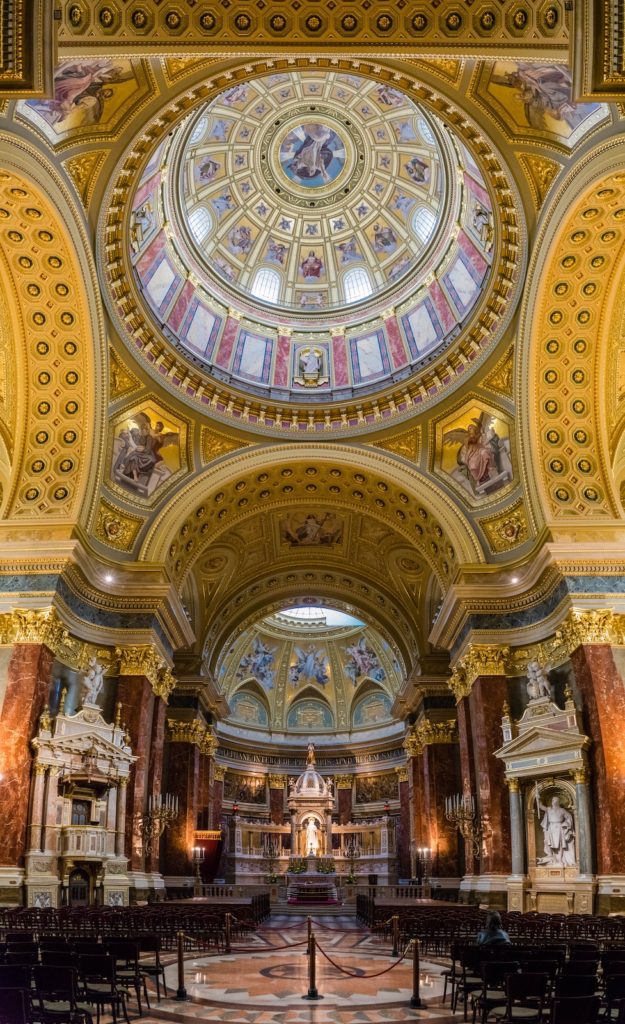
Introduction
Hungary, a country rich in history and culture, is nestled in the heart of Central Europe. Known for its beautiful capital city, Budapest, thermal baths, and a deep culinary tradition, Hungary offers a unique blend of old-world charm and modern vibrancy. From the rolling hills of the countryside to the historic architecture of its towns and cities, Hungary invites visitors to explore its many layers of history and tradition.
What to See
Hungary is a land of contrasts, where the historical and the contemporary merge seamlessly. It is famed for its architectural diversity, from Roman ruins to baroque churches and Art Nouveau bathhouses. The country’s landscape is just as varied, encompassing the Great Plains, vineyard-covered hills, and the majestic Danube River. Hungarian cuisine, with its hearty flavors and famous wines, is an integral part of the cultural experience.
NomadFavorites
Budapest’s Parliament Building
Architectural Grandeur on the Danube
The Hungarian Parliament Building, a stunning example of Neo-Gothic architecture, stands majestically on the banks of the Danube River in Budapest.
The Buda Castle
Historic Castle with Panoramic Views
Perched above Budapest, the Buda Castle is a historical palace complex that offers breathtaking views and a journey through Hungary’s history.
Recent Posts

hungary
November 2015 Recap
When to Visit
The best time to visit Hungary is during the spring (April to June) and early autumn (September to October). These months offer mild weather and fewer tourists, ideal for exploring the cities and countryside. The spring brings blooming flowers and vibrant festivals, while autumn sees the harvest season, especially in wine regions.
Summer (July to August) is the peak tourist season. The weather is warm, perfect for enjoying Lake Balaton and outdoor festivals, but popular sites can be crowded.
Winter (November to February) in Hungary is cold, but it’s a wonderful time to experience the famous thermal baths and vibrant Christmas markets, especially in Budapest.
Costs
Hungary is known for being a budget-friendly destination in Europe. Budget travelers can expect to spend around $40-60 USD per day, which includes hostel stays, eating at affordable restaurants, and using public transportation.
For midrange travelers, a daily budget of about $80-120 USD is more realistic. This budget allows for staying in three-star hotels, dining at good restaurants, and enjoying attractions like thermal baths and museum visits. Hungary’s well-developed public transport system and the concentration of attractions in cities like Budapest make it an accessible destination for a range of budgets.




